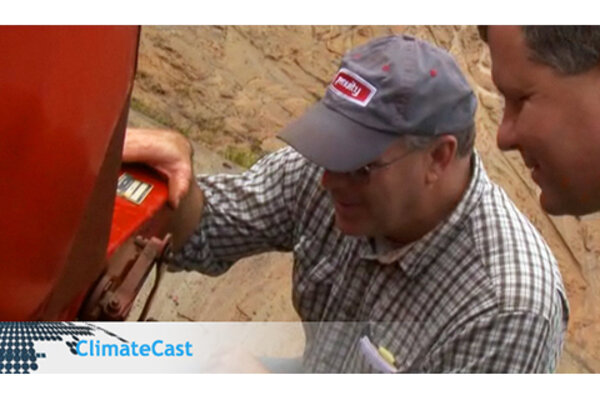
Since the beginning of 2012, the contiguous United States has been experiencing drier than average conditions. This lack of precipitation is affecting water availability for agriculture and municipal use, as well as increasing concerns about soil quality and wildfires.
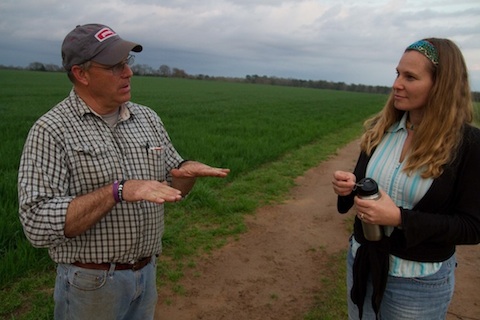
From poor soil to scorching summer heat, farmers in the U.S. Southeast face some significant challenges. Two Southeast growers are looking to seasonal climate forecasts to give them an edge.
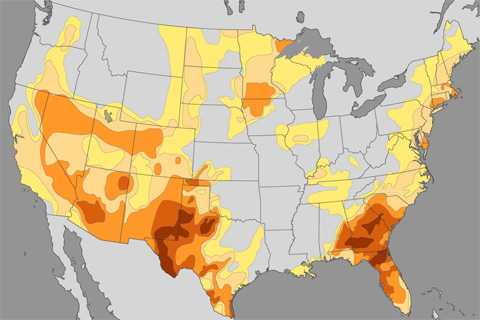
After a record-breaking drought last summer, dry conditions continue to linger in large portions of the South this spring.
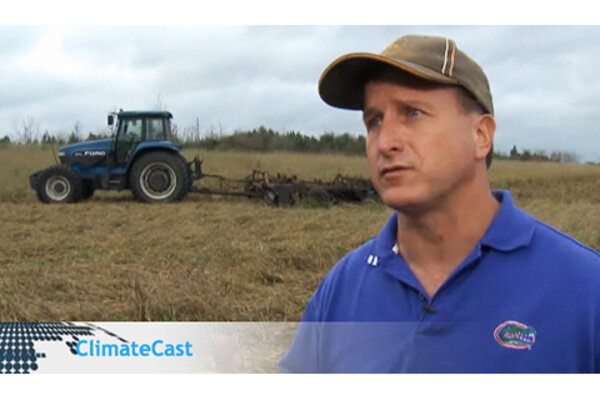
Droughts & Downpours: Harvesting Rain on a Dryland Farm
April 20, 2012

Temperatures in the eastern tropical Pacific Ocean swing back and forth like an irregular pendulum. The cool phase—which the Pacific has been in for the past two winters—is called La Niña. According to NOAA’s April 2012 ENSO Diagnostics Discussion, La Niña is fading and will likely be over by the end of April.
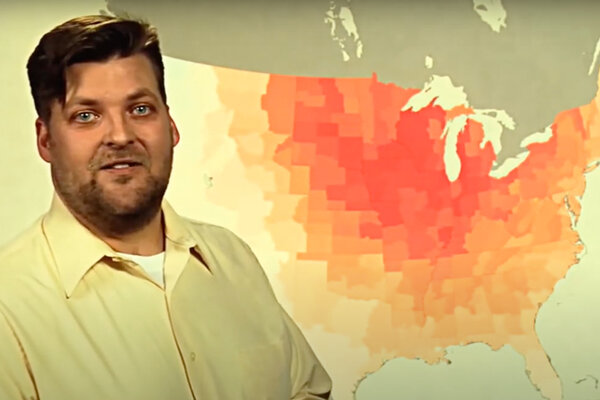
Record Heat, March 2012
April 16, 2012
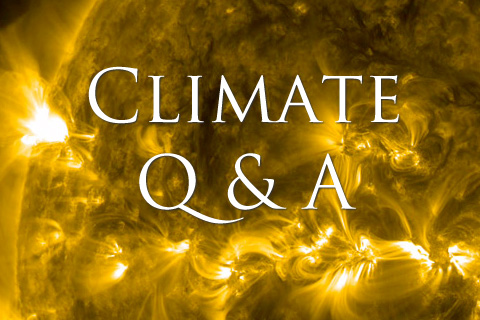
Although solar flares can bombard Earth’s outermost atmosphere with tremendous amounts of energy, most of that energy is reflected back into space by the Earth’s magnetic field or radiated back to space as heat by the thermosphere.
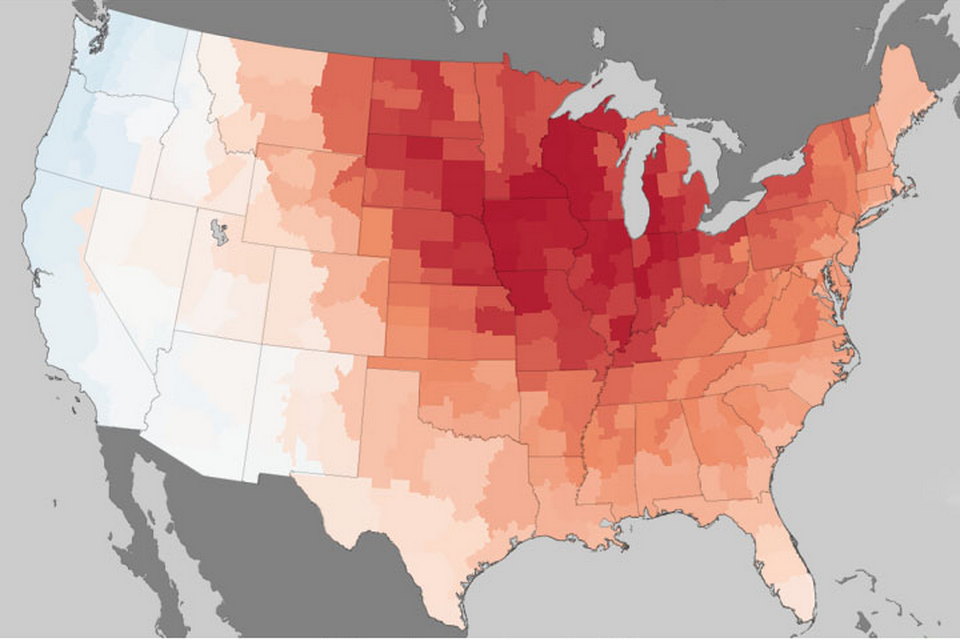
Record and near-record breaking temperatures dominated the eastern two-thirds of the nation and contributed to the warmest March in the contiguous United States since records began in 1895. The average temperature was 8.6 degrees above the 20th century average for March. In the past 117 years, only one month (January 2006) has ever been so much warmer than its average temperature.
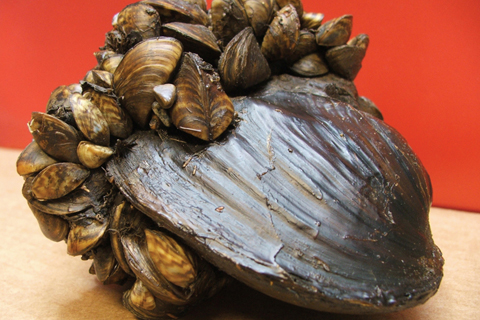
In the Great Lakes region, conservation and resource managers are already fending off attacks by multiple invasive species. In the future, climate change will present new challenges, such as anticipating the invaders’ next move and dealing with new, emerging threats — some of which could be swimming around in your aquarium right now.
